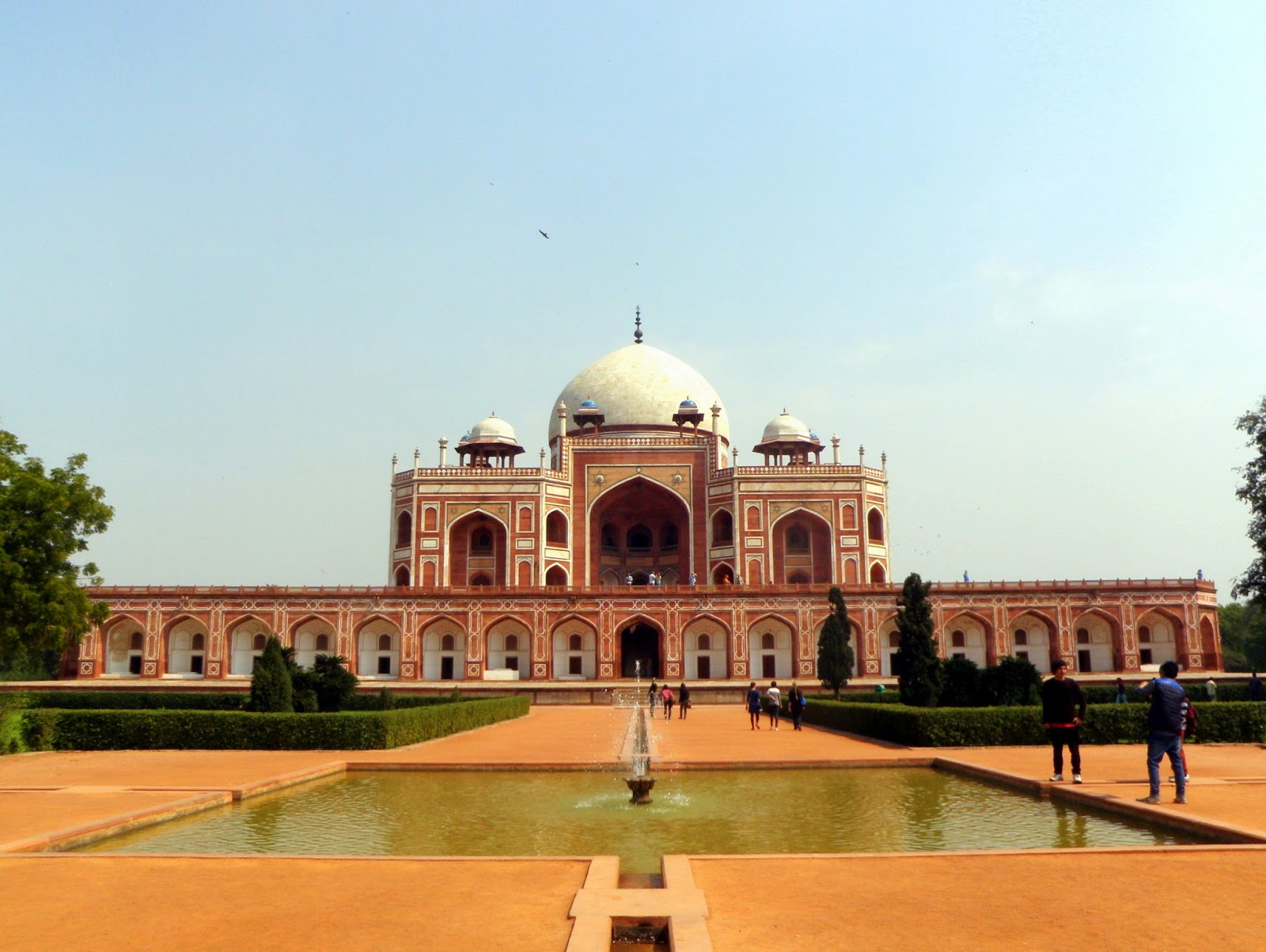I wrote about China history in bite size here, and here's the obligatory disclaimer that my knowledge in India history is even lesser than what I know about China.
I went to India early this year, and unfortunately it was an unexpected travel, so I have not had enough time to read up on anything prior to travel. Anyway, here goes.
1. The previous dynasty/rules of Delhi, Agra and Jaipur - Emperor Ashoka, Rajput Dynasties, Delhi Sultans and the Great Mughals.
2. From the beginning of the 9th century, Rajput dynasties dominated northern parts of India and became the primary obstacle to the complete Muslim conquest of Hindu India. Even after the Muslim conquest of the Punjab and the Ganga River valley, the Rajputs maintained their independence in Rajasthan and the forests of central India.
3. Amber Fort is one of the famous Rajput forts in the region.
I went to India early this year, and unfortunately it was an unexpected travel, so I have not had enough time to read up on anything prior to travel. Anyway, here goes.
1. The previous dynasty/rules of Delhi, Agra and Jaipur - Emperor Ashoka, Rajput Dynasties, Delhi Sultans and the Great Mughals.
2. From the beginning of the 9th century, Rajput dynasties dominated northern parts of India and became the primary obstacle to the complete Muslim conquest of Hindu India. Even after the Muslim conquest of the Punjab and the Ganga River valley, the Rajputs maintained their independence in Rajasthan and the forests of central India.
3. Amber Fort is one of the famous Rajput forts in the region.
 |
| Amber Fort |
 |
| Qutb Minar |
6. Upon the death of Humayun, he was succeeded by his son, Akbar. (Yes, this is Akbar the Great)
7. Akbar's son was Jahangir (who ascended the throne after the death of Akbar).
 |
| Humayun Tomb |
9. Taj Mahal was completed in 1653 after hard labour by 20,000 workers for almost 22 years.
This, of course is among the finest example of Mughal architecture in the region.
10. After the fall of the Great Mughals, this was followed by the European India, then British India.
Side note: Do you know if stamp albums are still on sale? I have no idea where to find them in Melbourne = ="
0 comments